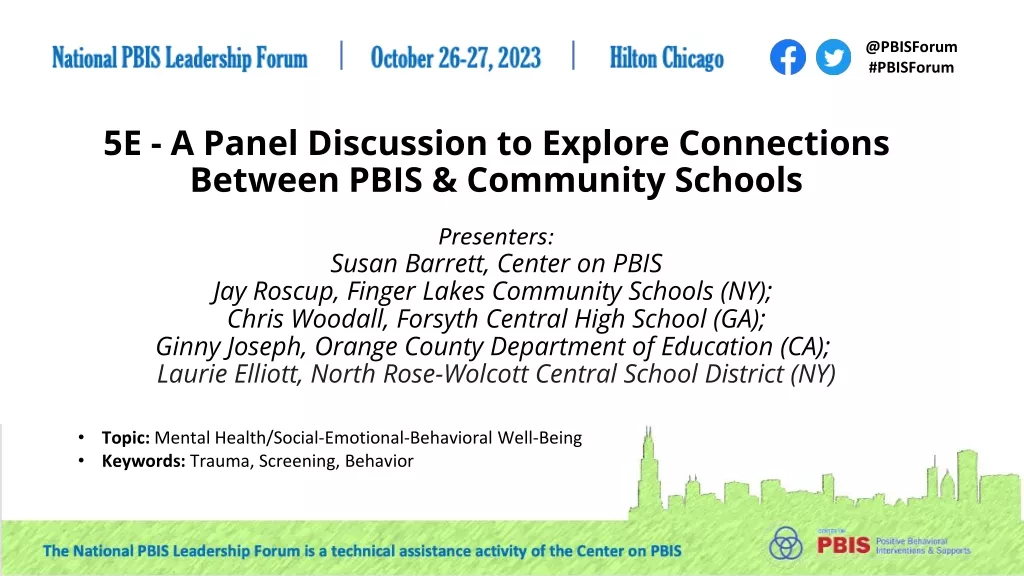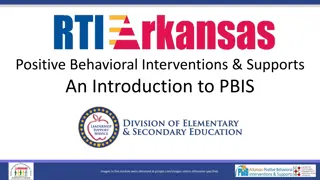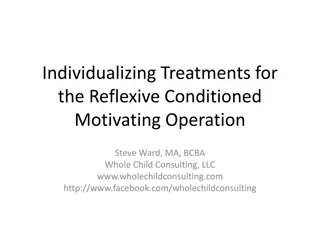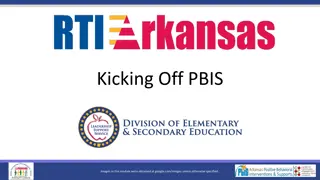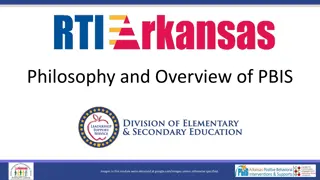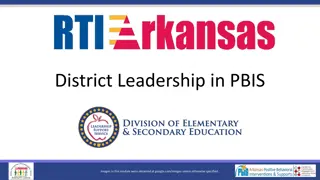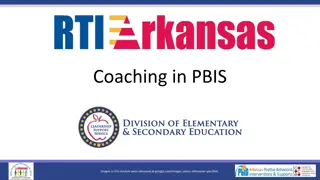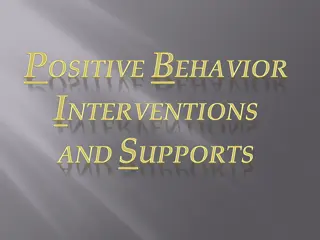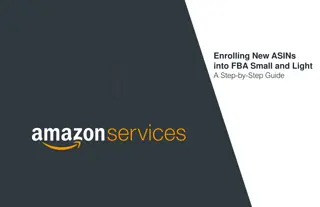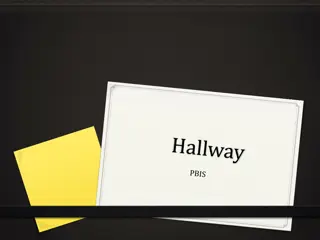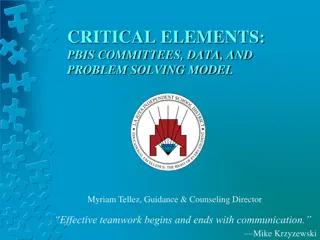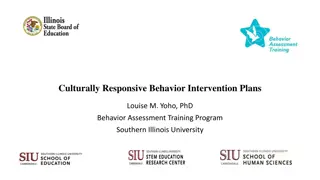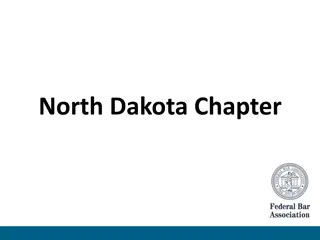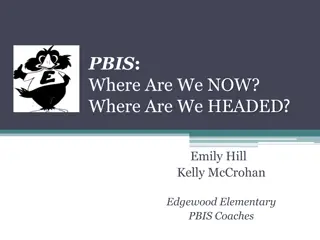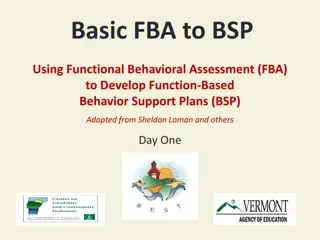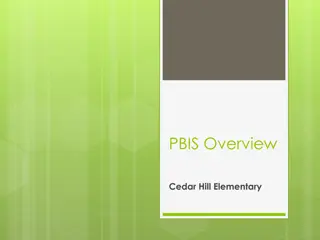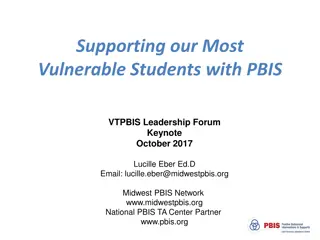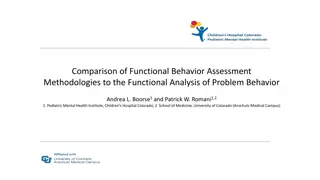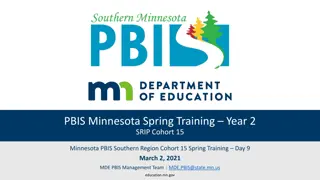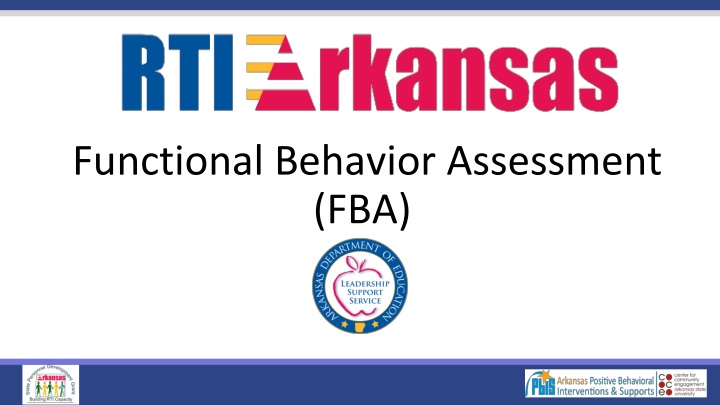
Functional Behavior Assessment (FBA) in Tier III Interventions
Learn about conducting a Functional Behavior Assessment (FBA) in Tier III interventions, including the purpose, process, and key components involved in addressing challenging behaviors in students. Understand the difference between FBA and crisis plans, and explore a case study illustrating the application of FBA for a student like Aiden.
Download Presentation

Please find below an Image/Link to download the presentation.
The content on the website is provided AS IS for your information and personal use only. It may not be sold, licensed, or shared on other websites without obtaining consent from the author. If you encounter any issues during the download, it is possible that the publisher has removed the file from their server.
You are allowed to download the files provided on this website for personal or commercial use, subject to the condition that they are used lawfully. All files are the property of their respective owners.
The content on the website is provided AS IS for your information and personal use only. It may not be sold, licensed, or shared on other websites without obtaining consent from the author.
E N D
Presentation Transcript
The Purpose of this Module is to learn how to conduct an FBA.
Participants will learn What an FBA is FBA is NOT a Crisis Plan Who conducts the FBA What data need to be collected How to use data to write a hypothesis (summary statement) About possible next steps Objectives
The Tiered Fidelity Inventory (TFI) Tier III Planning Tool TEAM 3.1 Team Composition 3.2 Team Operating Procedures 3.3 Screening 3.4 Student Support Team SUPPORT PLANS 3.8 Quality of Life Indicators 3.9 Academic, Social, and Physical Indicators 3.10 Hypothesis Statement 3.11 Comprehensive Support 3.12 Natural and Formal Supports 3.13 Access to Tier I and Tier II Support RESOURCES 3.5 Staffing 3.6 Student/Family/Community Involvement 3.7 Professional Development EVALUATION 3.14 Data System 3.15 Data-Based Decision Making 3.16 Level of Use 3.17 Annual Evaluation
In each of the Tier III modules, we are going to follow a Case Study to illustrate the process of Tier III. In this module, the Case Study will focus on the process of conducting a Functional Behavior Assessment for a student who has been identified as needing Tier III interventions. Introduction to the Case Study
Aidens Journey Continues Aiden s Behaviors: throwing class materials, cussing at teacher, shouting at peers Aiden s teacher has referred Aiden for Tier III interventions. In reviewing Aiden s existing school data, his response to Tier II interventions, and his score on a universal screener, the Core Team has decided that Aiden meets the entry criteria for Tier III. An Action Team has been created. They will be conducting a Functional Behavior Assessment.
What is a Functional Behavior Assessment (FBA)?
FBA is NOT a Crisis Plan Sometimes an FBA/BIP is confused with a Crisis Plan. We will talk briefly about crisis plans before an in-depth discussion of FBA.
Not every student will need a crisis plan. It s important to use safety strategies if the student may be dangerous to self or to others. Crisis Plans
Safety Concerns Examples of potentially harmful behavior that might require a Crisis Plan: Flailing arms and legs and screaming or crying while lying on floor Breaking windows Kicking holes in the wall Hitting others and leaving a mark (bruise, torn skin, etc.) Leaving the building and running away Setting fires Self harm or threats of self harm
Safety Strategies Identify behaviors that signal the safety strategies should be used. Describe each action that must be taken to keep everyone safe. Identify the personnel that will assist in implementing the plan. Identify what the other children will do. If the behavior is severe enough, have personnel (accessed through a code word over the intercom or accessed by having a responsible child go to the office) and materials (crisis bag) readily available.
Appropriate Responses for Each Phase If the student is Staff should respond by Triggered (showing heightened awareness, sensitivity, or distraction) Asking the student, how can I help you? Agitated (showing anger, sadness, anxiety, or frustration) Keeping conversation to a minimum while showing empathy and providing opportunities for access to supports. Using a calm voice with limited words. They should also limit the number of adults who are interacting with the student. Accelerating (beginning to interact negatively with others)
Appropriate Responses cont. If the student is At the peak (engaging in serious behaviors that may pose a safety threat to the student or others) De-escalating (beginning to calm down) Staff should respond by Focusing on safety, enacting safety plans, limiting the number of adults talking with the student (although others should be watching the situation). Separating the student from classmates, providing easy work for the student to do until he/she is ready to return to class. The situation should be documented. Recovering (showing typical, calm behavior) Continuing with planned consequence without negotiation, acknowledging cooperative or appropriate behaviors, encouraging and supporting problem solving.
Does Aiden need a crisis plan? If so, what should be included? Aiden s info: Makes inappropriate comments to his peers (e.g., You are stupid! ) in the cafeteria Refuses to sit in his seat on the bus Observed being alone in these settings Function of behavior: escape from social interactions in unstructured settings with peers Table Talk
What an FBA IS The Functional Behavior Assessment (FBA) is a process used to determine the function of a student s problem behavior and the factors that maintain it. Evidence gathered from the FBA can be used to develop a Behavior Intervention Plan (BIP) and/or introduce other necessary services.
When is an FBA Conducted? An FBA may be conducted when students exhibit a pattern of problem behavior that impedes their learning, or the learning of others. An FBA may also be conducted when a student has failed to respond to Tier I and Tier II interventions.
FBA Process Flowchart 1. Identify student who exhibits a pattern of problem behavior 6. Decide whether more data are needed 7. Finalize the summary statement 8. Develop Behavior Intervention Plan or introduce other services, if needed 5. Write the summary statement (hypothesis) 2. Determine who will conduct the FBA 4. Observe the student to establish a baseline for the behavior 3. Gather records and conduct interviews
Which Team Conducts the FBA? FBA conducted by Tier III Action Team plus a representative from the Tier III Core Team. The Action Team includes individuals who work with the student.
Who Else Should Be Involved? FBAs can be done by school staff. If student s behavior may be harmful to self or others, individuals with expertise in behavior should be involved.
Determine roles and responsibilities Gather records and conduct interviews Review observation data Summarize hypothesis statement Determine if further information is needed Determine team members to begin the process for developing a Behavior intervention plan What happens during the FBA Meeting(s)?
To make sure an FBA is as accurate and complete as possible, the following data sources should be used: Student records Baseline data Interviews Rating scales or questionnaires Observational data What Kind of Data Are Needed?
Medical records Social skills assessment Speech/language evaluation Motor skills assessment Intellectual functioning Academic achievement Curriculum-based assessment Adaptive behavior Psychological report Discipline records Which Student Records Should Be Reviewed?
Options for Measuring Baseline Data Depending upon the type of behavior, there are 3 ways to measure it: Frequency: How many times the student exhibits the behavior during a designated period of time Duration: How long the student engages in the behavior Intensity: The force with which behavior occurs
Conducting Interviews Obtain information about the context in which the target behavior usually occurs. Gather additional data from teacher, student, and family. Determine the student s strengths as well as Quality of Life needs. Assess the family s preferences for individualized support across domains of need.
Possible Interview Form: The Functional Assessment Checklist for Teachers and Staff
Possible Interview Form: Student-Assisted Functional Assessment Interview
Possible Interview Form: Brief FBA Family- Directed Interview
Rating Scales or Questionnaires Examples: Problem Behavior Questionnaire (PBQ): teacher-based; develop functional hypotheses of problem behavior in general education settings Questions about Behavioral Function (QABF): 25-item questionnaire; five subscales (attention, escape, tangible, non-social, and physical); rated on a four-point Likert scale 0 (never) to 3 (often)
Gathering Observational Data Observe student in location where behavior is likely to occur: helps team write an accurate summary statement of the behavior can be used to establish the baseline Observe student in locations where behavior is unlikely to occur. helps team identify environments where student is successful
Sample Observational Data Collection Form ABC Observation Recording Form from MO- SWPBS
What Is a Hypothesis? Team s best guess of the function of the student s problem behavior Critical to developing the student s Behavior Intervention Plan
All behavior serves a function. A student may use the same behavior in different situations to serve different functions. Behavior must be considered in the context in which it occurs. Function of Behavior is the purpose of the student s actions. (What is the payoff for the student?) Stay Focused on the Function
The Functions of Behavior Access Example: gaining access to a basketball on the playground by taking it from someone else Attention Example: gaining adult attention during class by yelling Escape Example: throwing a chair in order to be sent out of the classroom Sensory Example: tapping pencil on desk for auditory stimulation
Use the ABCs to Find the Function Examine the pattern of the ABCs to hypothesize the function of behavior.
The target (problem) behavior is described in observable and measurable terms: Observable - what is seen and heard using precise language Measurable has observable beginning and end; can be counted or timed Target Behavior
Aidens behaviors: throwing class materials cussing at teacher shouting at peers How would you make Aiden s behaviors more observable and measurable? Table Talk
Prioritizing Problem Behaviors If there are multiple problem behaviors, prioritize them according to which needs to be dealt with first (which is having the most impact). Some factors to consider: Intensity Frequency Chronic need Prerequisite for other skills Duration
Context The behavior is most likely to occur In which setting? During what type of activity? During what time of the day? On what day of the week?
Antecedent Environmental events that occur IMMEDIATELY BEFORE occurrence of the target behavior, for example: Task presented Peer or staff interaction Transition periods, lack of access to a specific task or item Lack of peer or staff attention/interaction
Consequence Consequences are environmental events that occur IMMEDIATELY AFTER occurrence of the target behavior. Consider interview responses, disciplinary records, student observations, etc.
Setting Events Events that occur outside the ABC sequence, but increase or decrease the likelihood of the target behavior. May be social, biological, physical, etc. in nature. Consider records reviewed, interview responses, behavior rating scales, student observations, etc.
Summary Statement The summary statement is the team s best estimate, based on all of the data, of what the function of the student s problem behavior is.
Develop a summary statement/hypothesis of the function(s) of the target behavior. Setting Event(s): Antecedent(s): Target Behavior: Consequence(s): Hypothesized Function(s):
Possible Next Steps If necessary, meet to develop the Behavioral Intervention Plan (BIP). Determine what personnel will be involved in the creation of the BIP. Understand key components of a BIP. Determine what training or materials are needed for successful implementation of any plan created. Be prepared to reteach behavioral expectations. Ensure all personnel understand the goals of the plan. Clearly define target and replacement behavior, and generalization techniques.



